MANUAL MILLING MACHINE
MAKE DINESH SCIENTIFIC MODEL DS-1902
DESCRIPTION
A manual milling machine is a multipurpose and essential instrument used in metalworking and machining processes that is intended to precisely shape and cut a wide range of materials. A movable cutting tool, usually a rotating end mill or milling cutter mounted on a spindle, and a stationary worktable, where the workpiece is secured, make up the machine. In order to produce exact cuts, contours, and shapes in the workpiece, the machinist or operator manually moves the worktable and cutting tool on the milling machine. The worktable’s vertical and horizontal positions, as well as the depth of cut, can be adjusted by the operator, providing a large range of machining options. Simple and dependable, manual milling machines are well-known for their capabilities.
Making them appropriate for use in prototyping, small-scale workshops, and educational environments. Attachments like rotary tables and vises are used by operators to efficiently manipulate and secure the workpiece. Although computer numerical control (CNC) technology has advanced, manual milling machines are still useful because of their hands-on nature, which gives machinists direct control over the machining process and enables complex and customized machining tasks.
FEATURES:
SPINDLE SPEED CONTROL:
- Spindle speed can be manually adjusted by machinists, usually using a belt drive system and a set of pulleys. Different materials can be cut at different speeds to achieve different surface finishes.
QUILL FEED:
- The quill, which is housed inside the spindle, has manual depth and feed adjustments. During the milling process, this feature enables operators to precisely adjust the vertical adjustment and control the depth of cut.
HEAD TILT:
- The ability to tilt or swivel the head of a manual milling machine allows users to cut at different angles. This feature helps to create contours and angled surfaces on the workpiece.
MANUAL FEED HANDLES:
- The worktable and the cutting tool can be manually controlled via handwheels and feed handles. These handles are used by machinists to direct the machine while it is cutting.
COOLANT SYSTEM:
- By dissipating heat produced during milling operations, an integrated coolant system enhances cutting performance and prolongs the life of cutting tools.
TECHNICAL DETAILS:
| MODEL | DS-1902 |
| Table size(mm) | 250 x 1370 |
| Longitudinal Travel (mm) | 900 |
| Cross Travel (mm) | 400 |
| Ram Travel (mm) | 500 |
| Spindle Motor (H.P.) | 3 |
| Spindle Speed | 60 – 4500 rpm with 16 speed steps |
| Spindle Nose to Tabletop (mm) | 400 |
| Vertical Travel (mm) | 400 |
| Quill Travel (mm) | 120 with auto-feed |
| Head Swivel | (RL)90°/(FB) 45° |
| Feeds | Three feeds (0.075 to 0.2) |
| Y-Axis | Dovetail Guideway |
| Z-Axis | 55-degree Swallowtail Guideway |
| Digital readout | For two axes (X and Y) |
| Spindle Centre to Column Surface (mm) | 650 |
ACCESSORIES:
- R-8 Spindle, DRO 2 Axis
- Machine lamp
- Coolant system
- Rubber Chip covers the front and rear, Drawbar
- Lubrication, Toolbox, Spindle, Machine vice
- Clamping kit, Collet holder with collets ( 3 – 20 mm, 15 nos at least)
- Coolant chip tray for coolant, Boring head up to 100 mm)
- Drill chuck with holder (up to %”), End mill cutters (4, 5, 6, 8, 10, 12, 16 mm)
- Face milling Cutter with holder 63mm




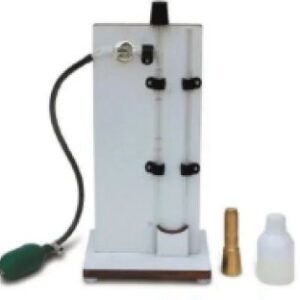
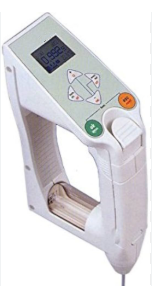
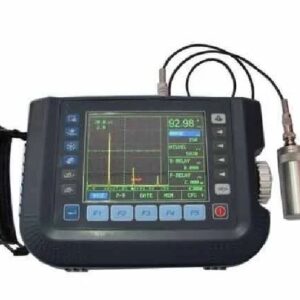





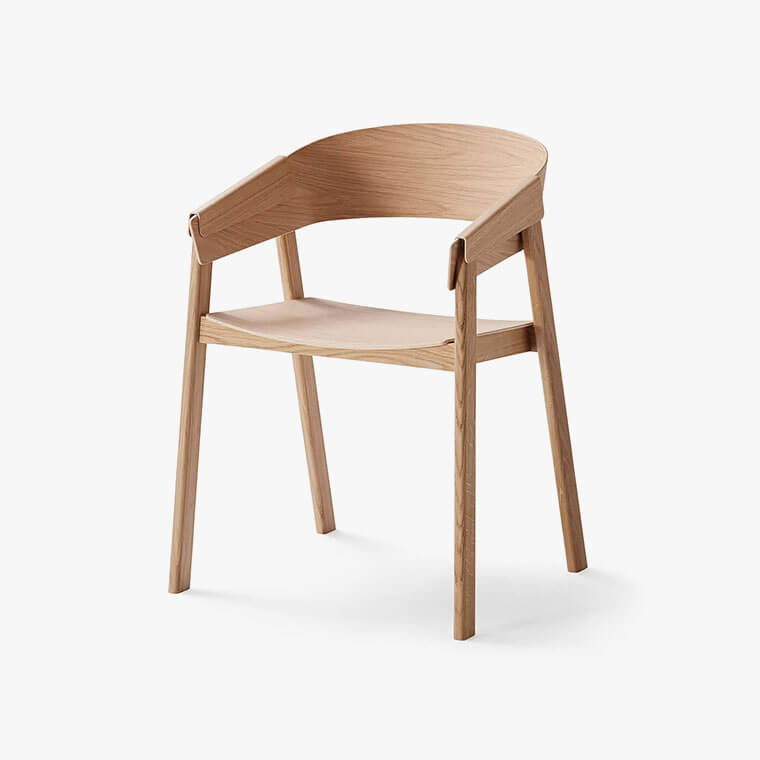
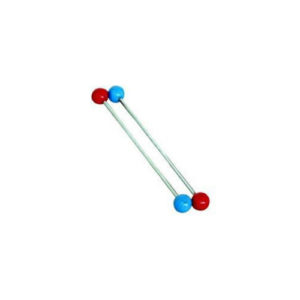

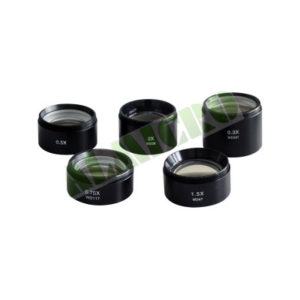

Reviews
There are no reviews yet.